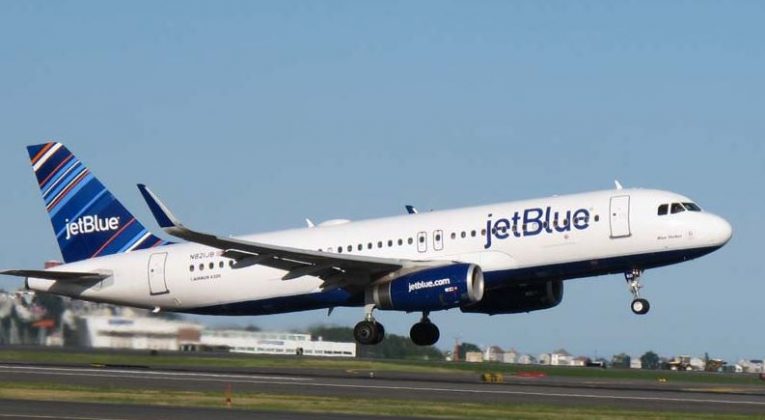Executive compensation at publicly traded companies is a tricky subject. Corporate bigwigs want to be paid well, but they also don’t want to show up above the fold on page C1 of the Wall Street Journal. Meanwhile, compensation committees have to manage how to retain talent without overpaying for a dud.
It’s even more difficult in the airline industry, with complex companies that have traditionally generated lousy returns. What sane individual wants to spend 40 years of their life beating their head against the side of a 747 for lousy pay? Thus, I always find it interesting to take a look at how airlines are paying their executives. Incentives are a way of showing what matters to the company.
JetBlue Is Different

Most airlines, particularly the legacy carriers, tie executive compensation 100% (or close to it) to factors that they believe directly impact the owners (i.e., the shareholders). Others include operational factors. For instance, at Alaska Air, management compensation has a safety factor of 10% (initiated after the January, 2000 crash), as well as a customer satisfaction component (also 10%).
But, as is usually the case, JetBlue is the one that stands out. Fully 40% of executive pay is based on factors that impact the customers directly (and one could argue that the number is really 70%). I don’t know which one is the chicken and which is the egg (i.e., which one of the two drives the other), but there is clearly a connection between customer satisfaction and executive pay. So who are the relative beneficiaries?
The Customer Wins

JetBlue’s executives win big when their customers get to where they are going happy and on-time. Executives receive 20% of their compensation from NPS (net promoter scores, based on the 1-10 ranking that you give them in surveys) and another 20% from D-0 statistics (how often they got the plane out on time).* And when it comes to keeping their guests happy, JetBlue is at the top of the industry. Just look at the product. Their seats have 2-4 more inches of pitch (It’s a full half-foot if you count Spirit) than their competitors. They give cool snacks on every flight (and manage to get a drink service in between Boston and New York). Internet, with decent speed, is free. They’ve always had Live TV on-board. And, of course, they hire for hospitality skills. There’s a reason that they win JD Power awards every year and, as a customer, I’m not complaining.
And The Owners?
The truth is, I don’t know what impact customer initiatives have on the stock price. Clearly, the accepted path to riches is to shove as many people on the plane as possible. Even with better service, JetBlue has been unable to generate a sustainable revenue premium. JetBlue itself took the philosophy under advisement a few years ago when it condensed seating on its planes. Yet the NPS barely moved. They’re still well ahead of their competition when it comes to comfort. Maybe there’s space for another row of seats? The stock has also been a decent performer. Both the customers and management seem to be getting the best of both worlds. And shareholders haven’t done too badly, either.
There’s one other interesting measure in the compensation mix: Controllable Costs, which management defines as costs that are not subject to external factors, such as fuel.** The easiest way to lower your costs is to do something that Wall Street hates: adding capacity. Since costs are measured on a per seat mile basis, adding seats generates extra available seat miles with very little added cost. Consumers are big winners from additional capacity. Even non-JetBlue consumers benefit, since their airline will likely be forced to react to JetBlue’s moves.
The Bottom Line
It’s impossible to determine what the impact of JetBlue’s unique management compensation structure is, but there is going to be some flow-through to the quality of in-flight service, and that’s certainly not a bad thing for the average traveler. Now, if we could only build in an additional bonus for serving ice cream sundaes on every flight…
*The obvious question regarding the statistic is why it’s on-time departures versus on-time arrivals. I don’t know the answer to that question. The best guess that I can make is that it relates to where JetBlue operates. The airline has heavy operations in both JFK and Boston, two heavily congested airports. Perhaps it’s there to incentivize efficiency on the ground, since that is something that they can control. Congestion at Logan isn’t.
**This factor is an example of management having its cake and eating it, too. When fuel prices go up, fares tend to follow. Increased revenue gives them a boost on that final 30%, pre-tax margin.





